I recently had the good fortune of purchasing this rifle. I purchased this rifle along with another and it does not have much of an interesting story, but I will get to the other rifle, which does!
I will leave the speaking to the experts, I am excited to hear their input. The seller made no claim to what the chambering was, he gave me a few cartridges and stated that they had come with the rifle.

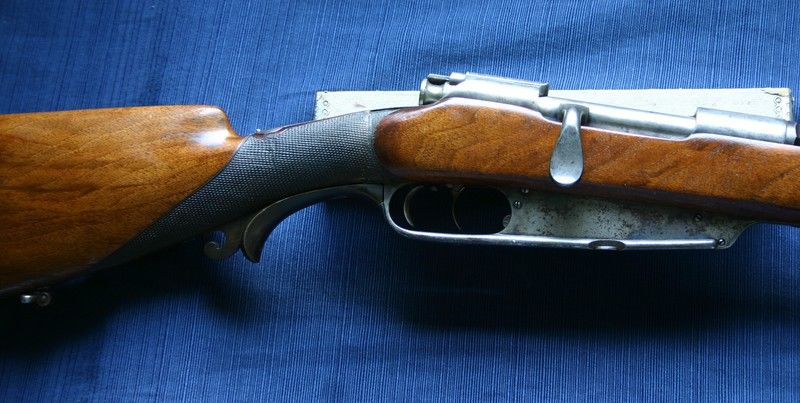

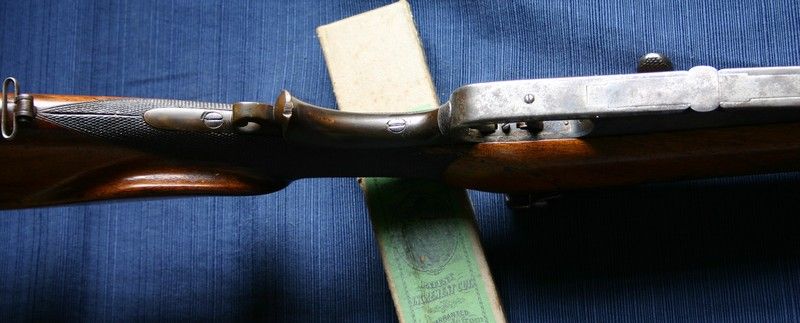
I will leave the speaking to the experts, I am excited to hear their input. The seller made no claim to what the chambering was, he gave me a few cartridges and stated that they had come with the rifle.





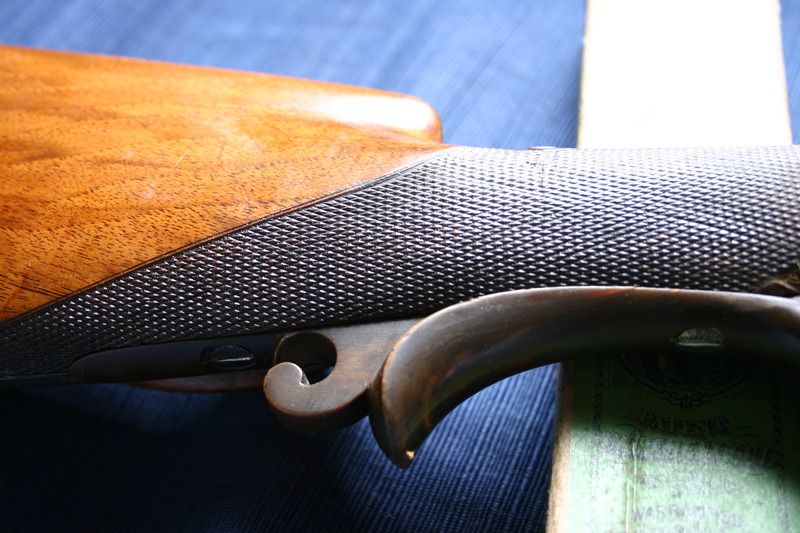
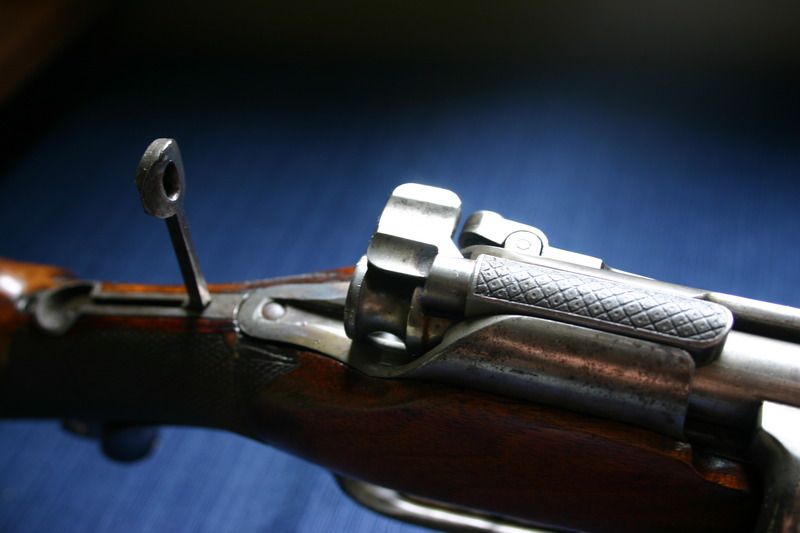
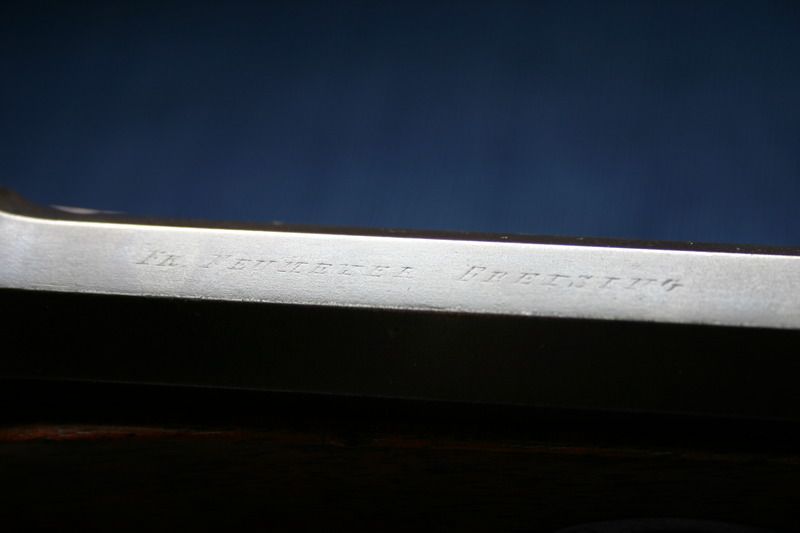
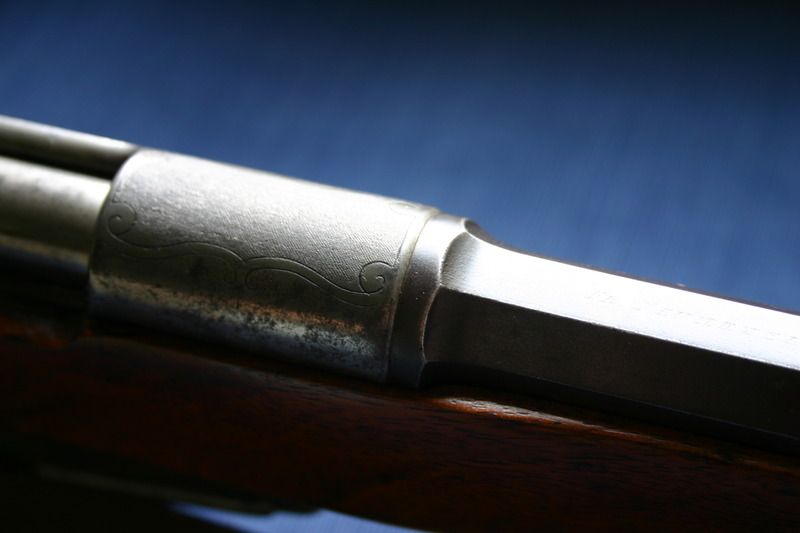
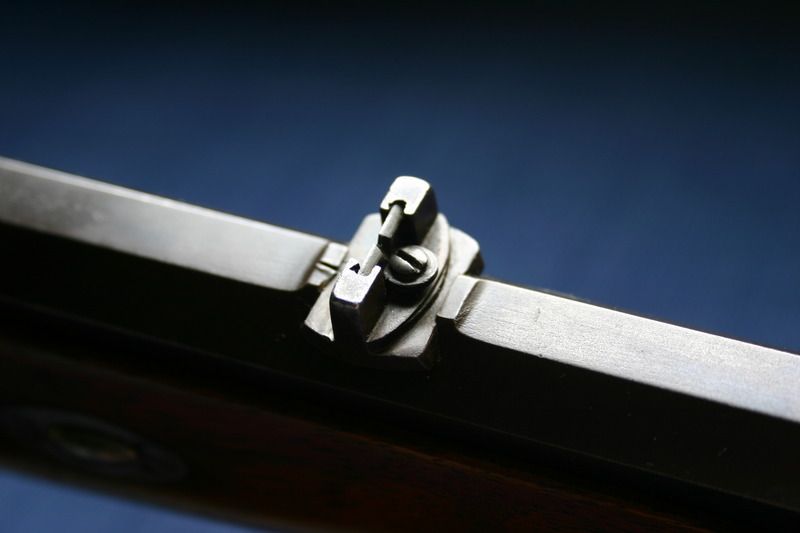
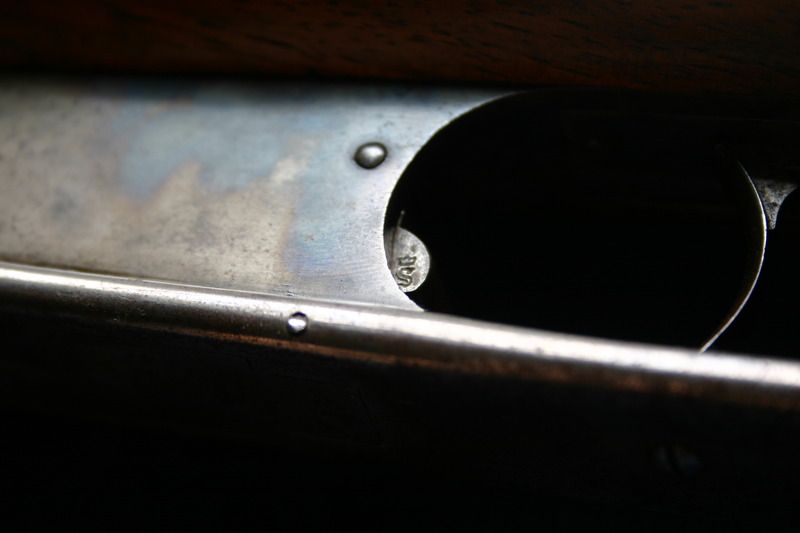
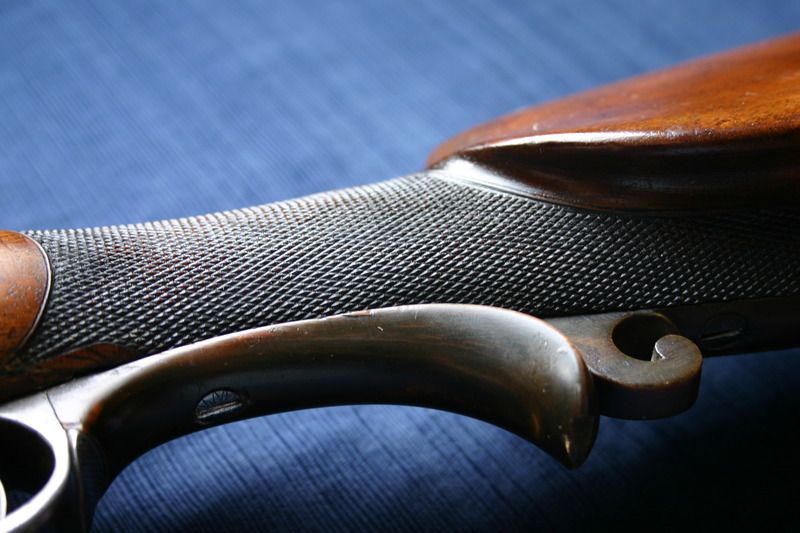
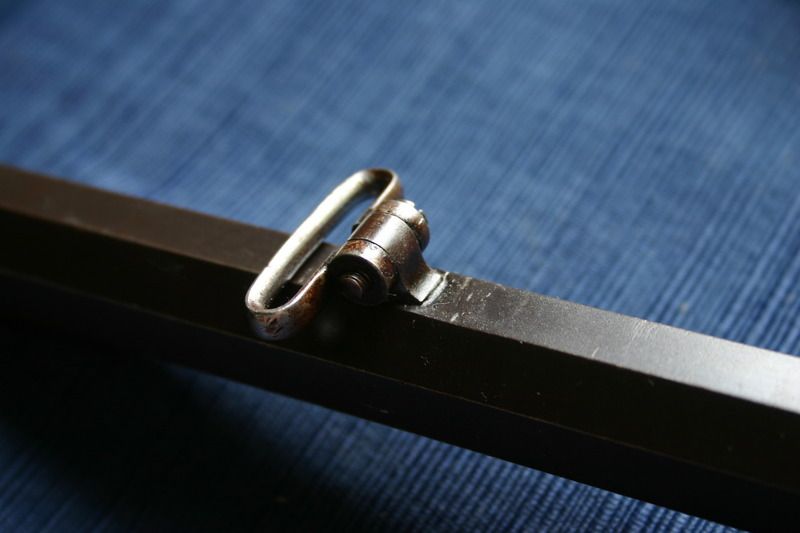
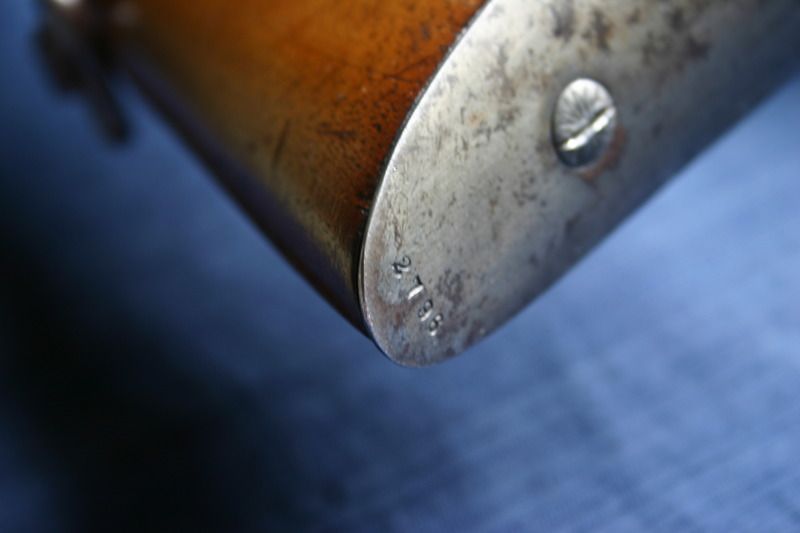
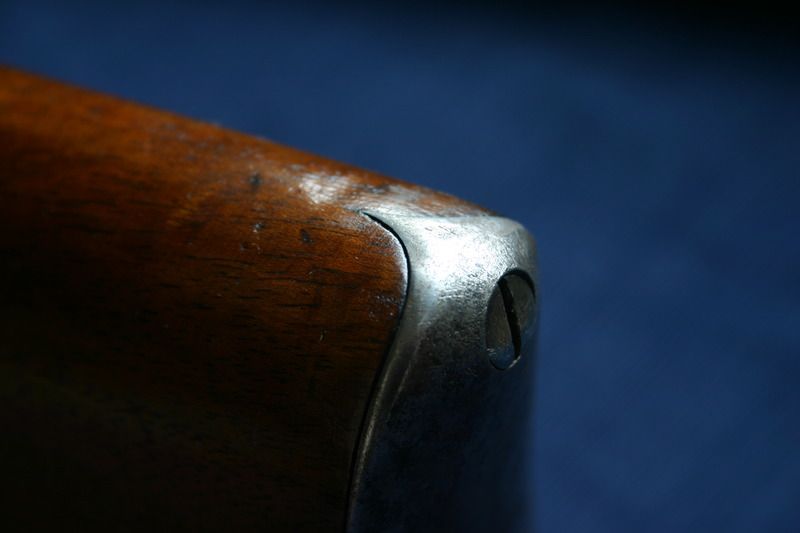
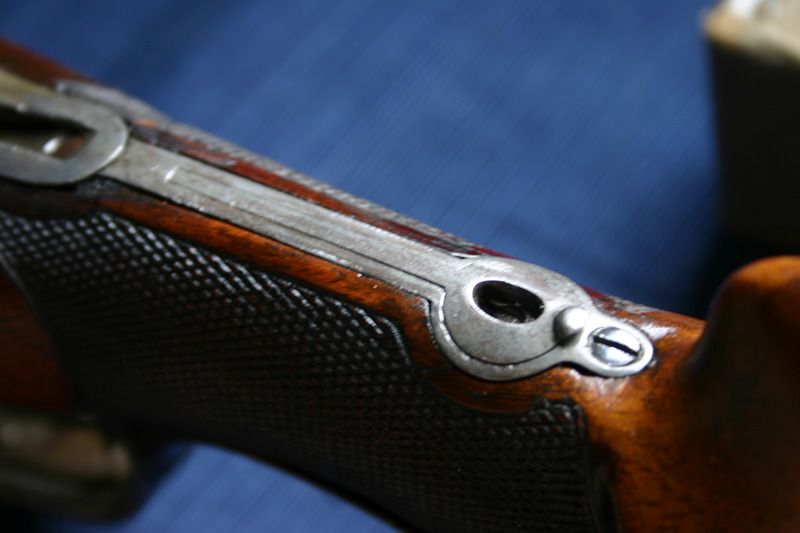
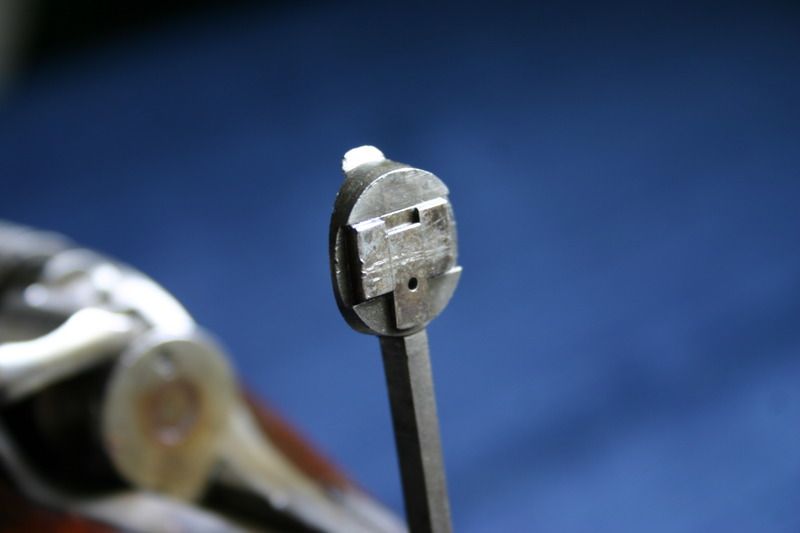

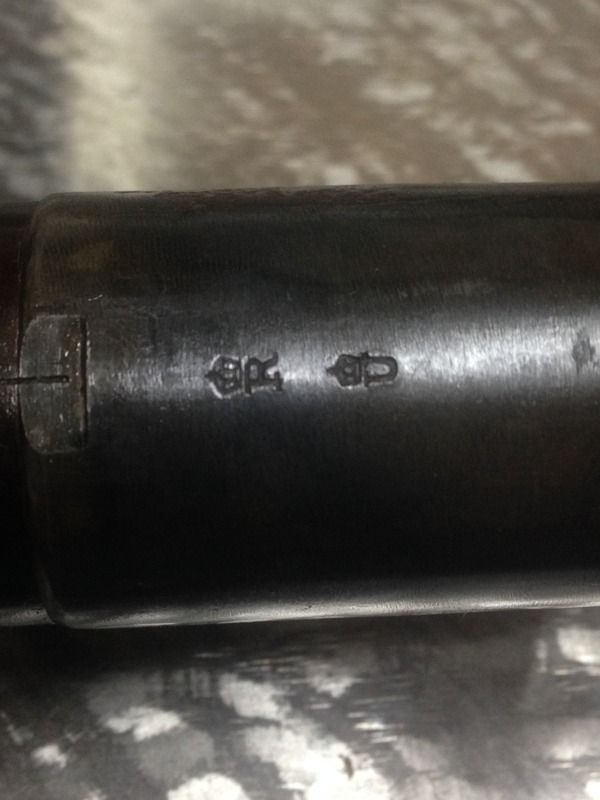
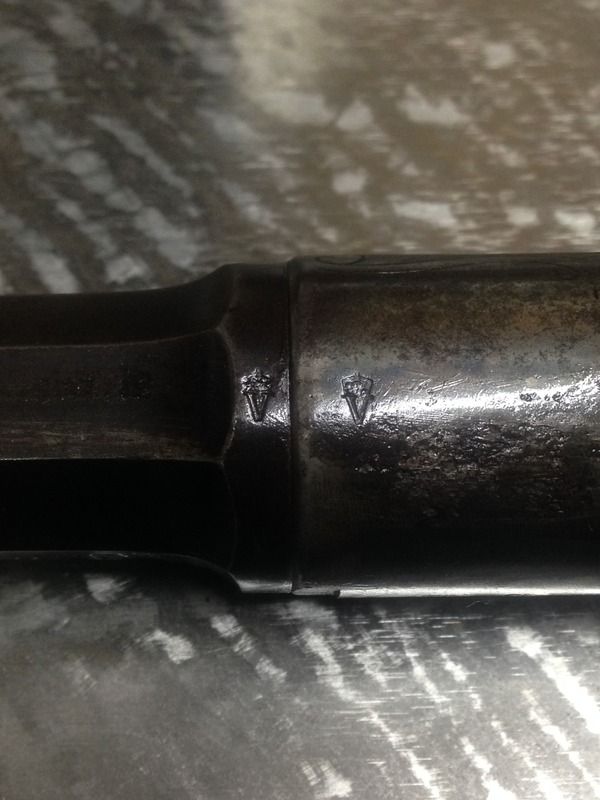
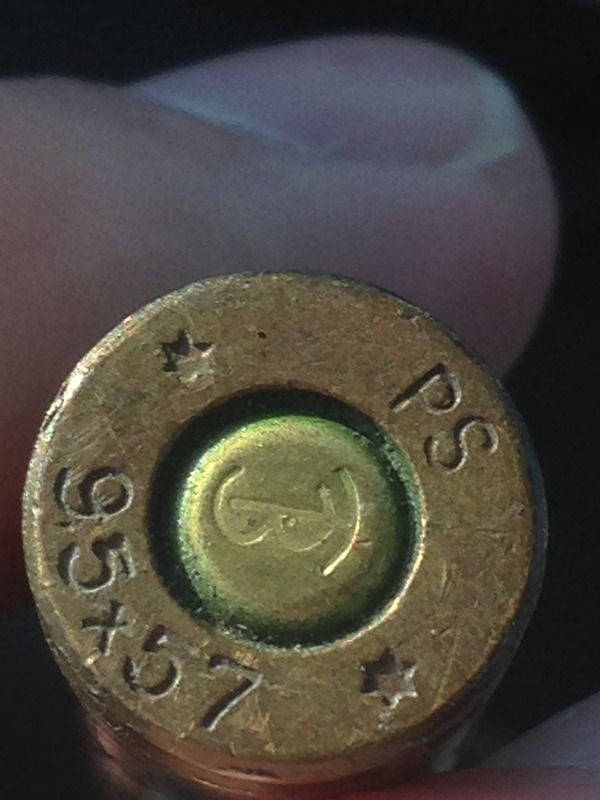


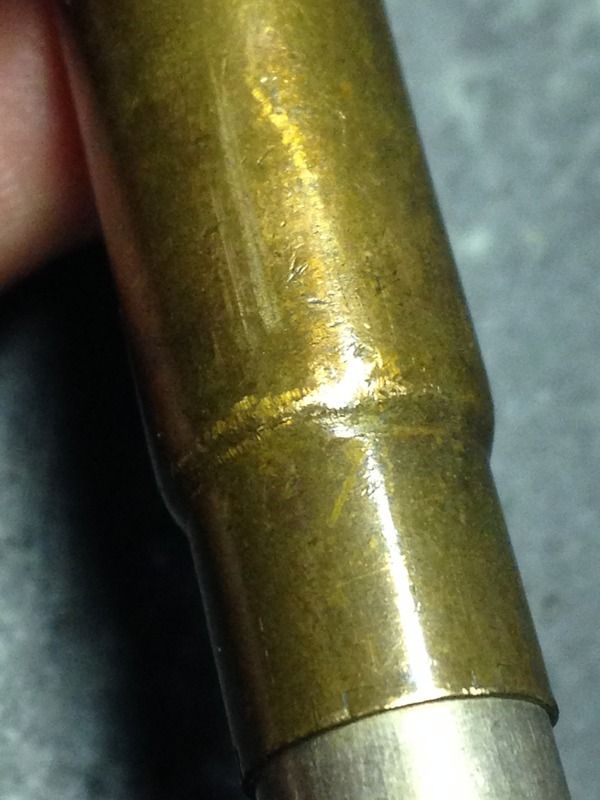
Comment